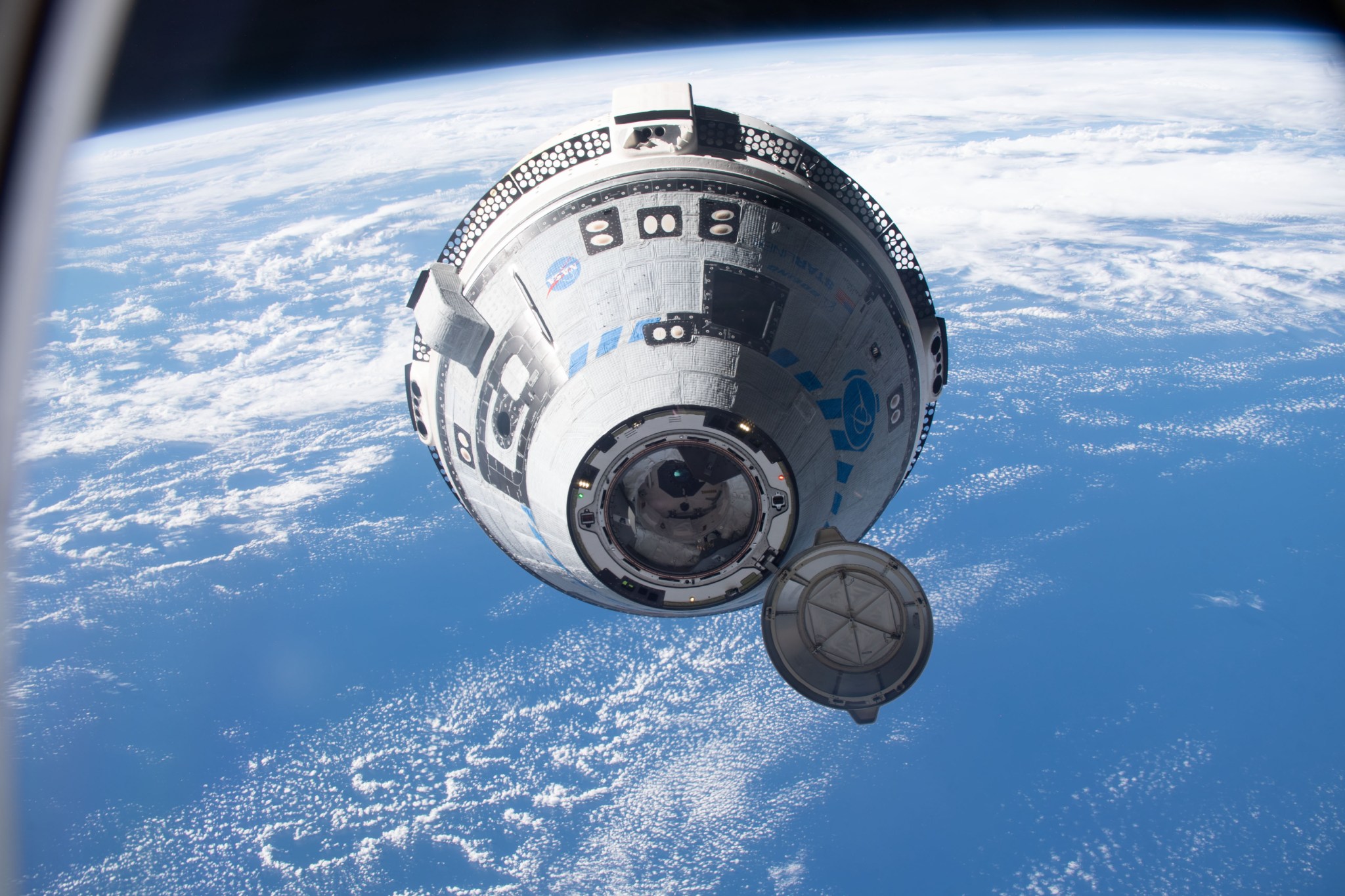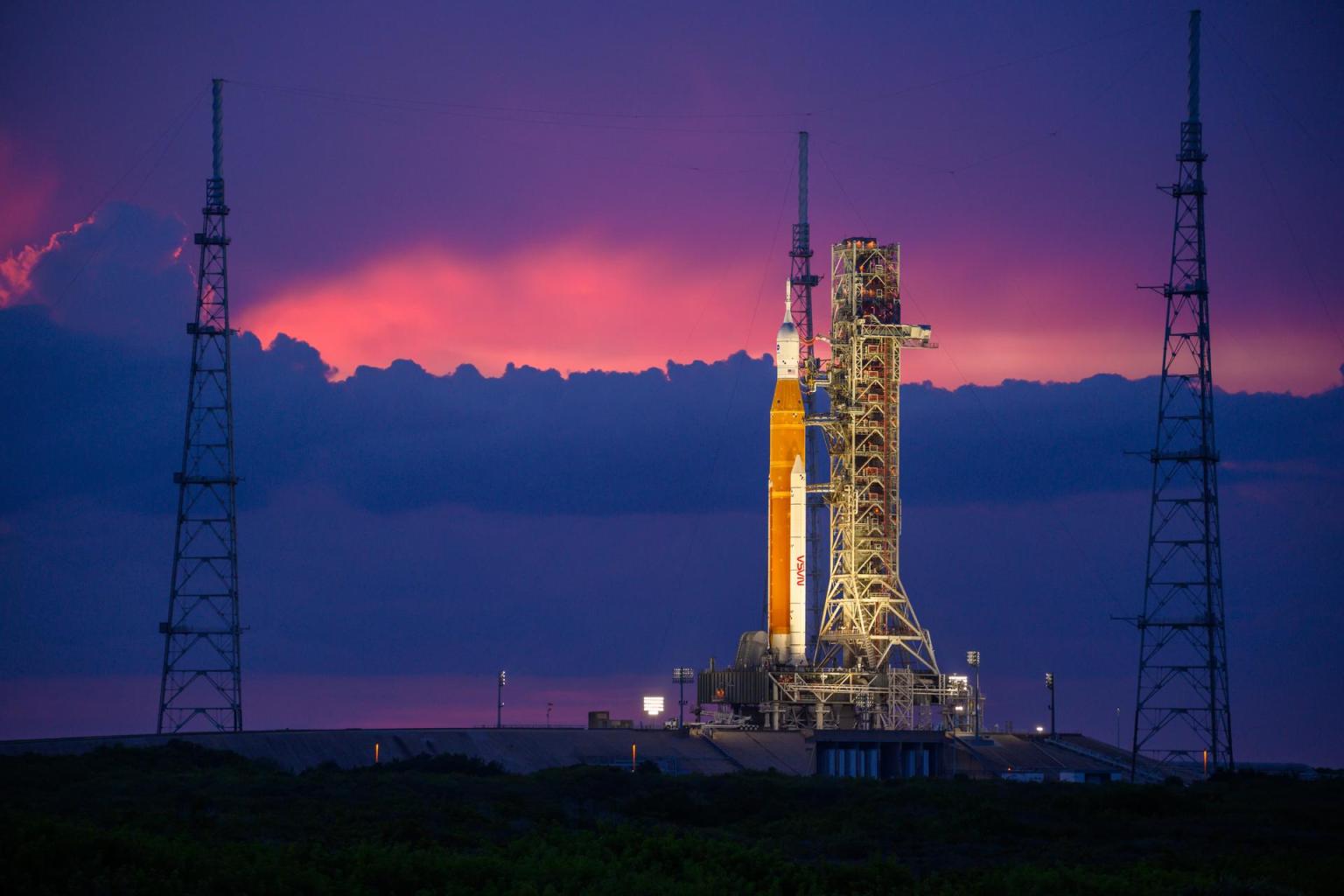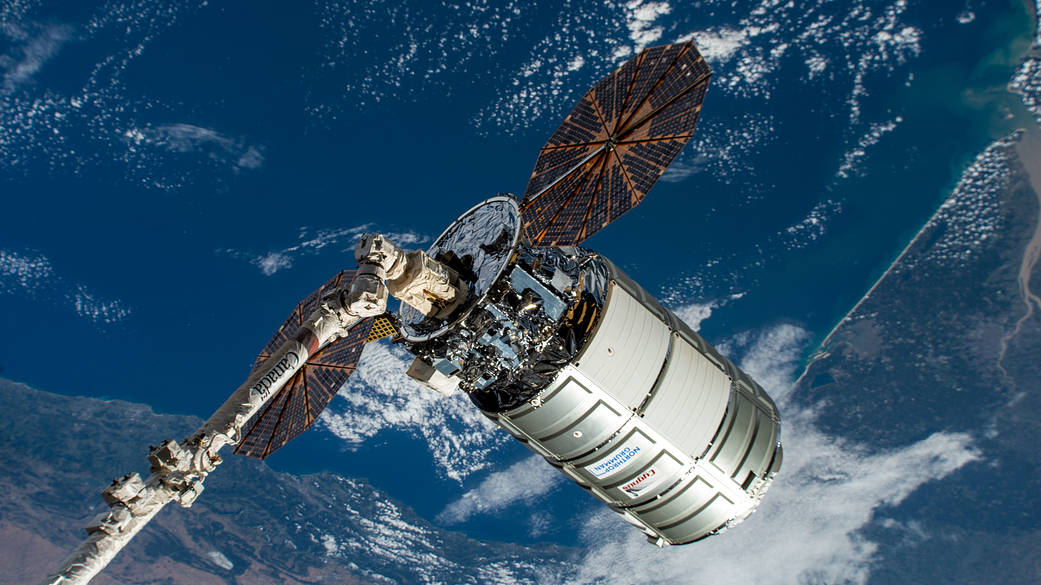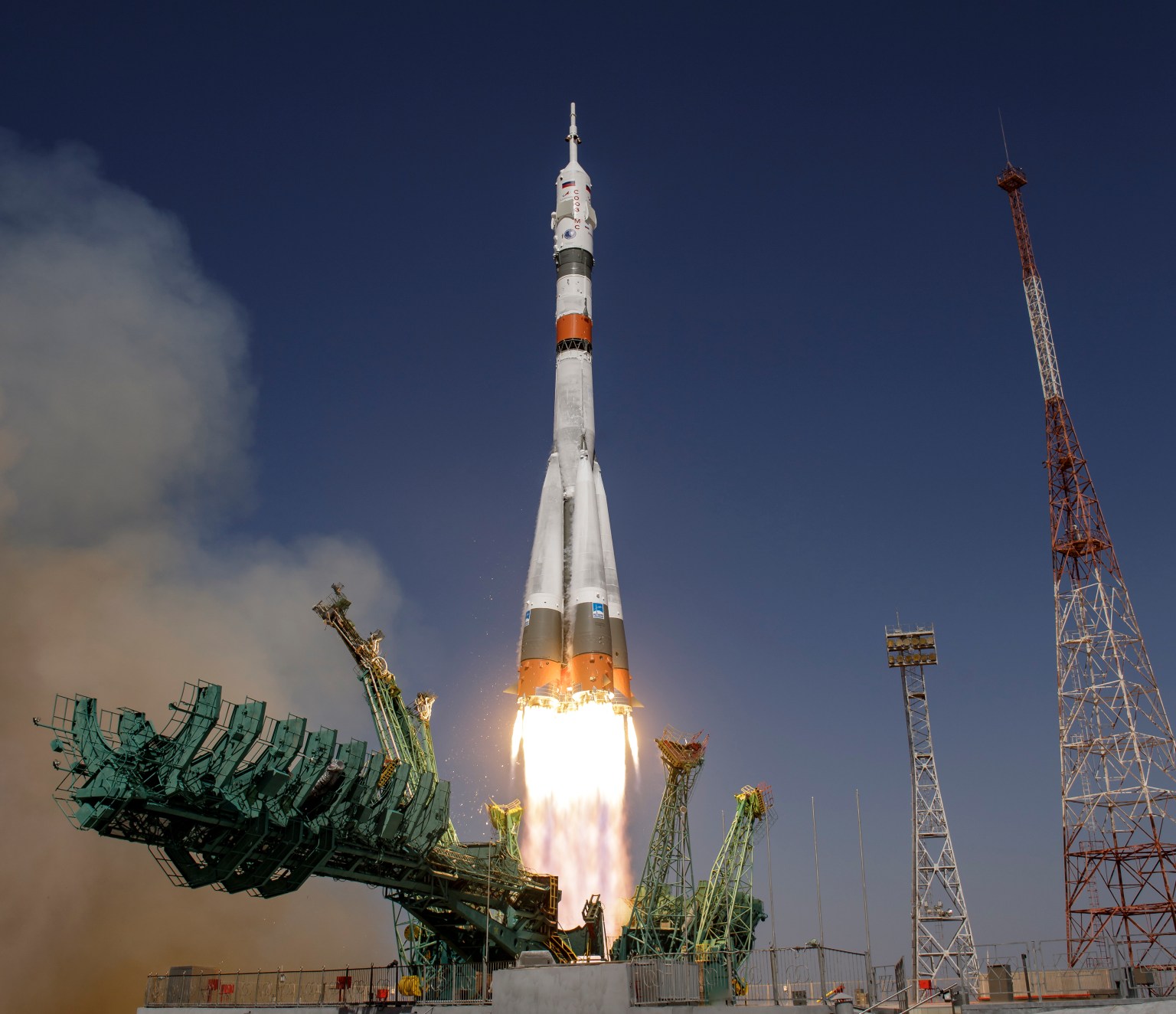Spaceships and Rockets
Commercial Crew Spacecraft
For more than 22 years, humans have lived and worked on humanity’s home in low Earth orbit. NASA’s Commercial Crew Program is delivering safe, reliable, and cost- effective human transportation to and from the International Space Station from the United States through a partnership with American private industry.
The station is a critical testbed for NASA to understand and overcome the challenges of long- duration spaceflight. As commercial companies focus on providing human transportation services to and from low Earth orbit, NASA is freed up to focus on building spacecraft and rockets for deep space missions.
Dragon Crew Spacecraft

The Dragon crew spacecraft is an autonomous spacecraft designed to deliver crew and critical cargo to orbiting destinations.
In 2014, NASA awarded Commercial Crew Transportation Capability contracts to Boeing and SpaceX to each safely and cost-effectively transport astronauts to the International Space Station from the United States.
Dragon is capable of carrying up to seven passengers but carries up to four crew for NASA missions, and is designed for water landings.
Dragon’s displays provide real-time information on the state of the spacecraft—anything from the spacecraft’s position in space, to possible destinations, to the environment on board.
Dragon is a fully autonomous spacecraft that can be monitored and controlled by onboard crew and SpaceX mission control in Hawthorne, California.
Commercial Crew Program
NASA’s Commercial Crew Program is delivering on its goal of safe, reliable, and cost-effective human transportation to and from the International Space Station from the United States through a partnership with American private industry.
Learn More about Commercial Crew Program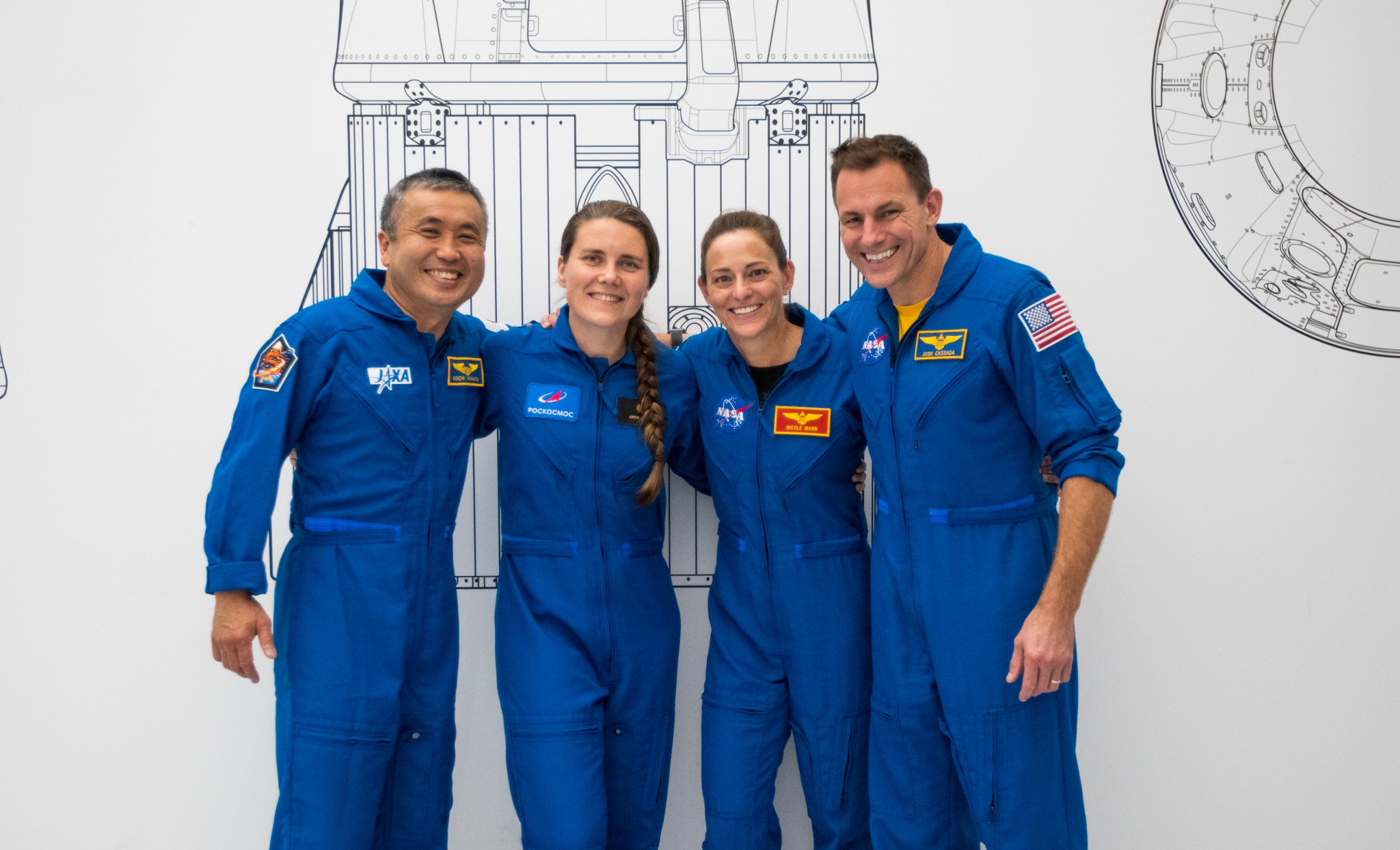
Starliner Crew Spacecraft
The CST-100 Starliner is Boeing’s commercial crew transportation spacecraft. CST stands for Crew Space Transportation and 100 represents the Kármán line, the unofficial line separating Earth and space at an altitude of 100 kilometers.
Starliner is an autonomous spacecraft that will safely take people and cargo to and from low Earth orbit.
After certification for NASA missions to the International Space Station, Starliner will carry up to four NASA- sponsored crew members and about 220 pounds of critical supplies, hardware, and scientific research.
























